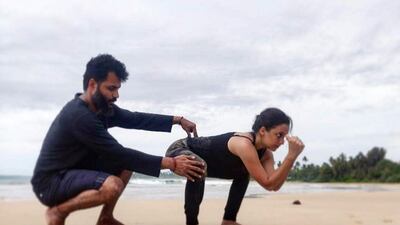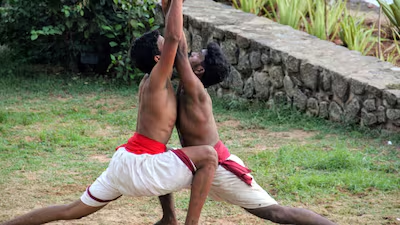




















What is kalari? The world’s oldest martial art from India is making a comeback
The Indian Sports Ministry has included kalaripayattu as one of the four indigenous martial art forms for the Khelo India Youth Games 2021
Kalpana Sunder
May 31, 2021





















May 31, 2021